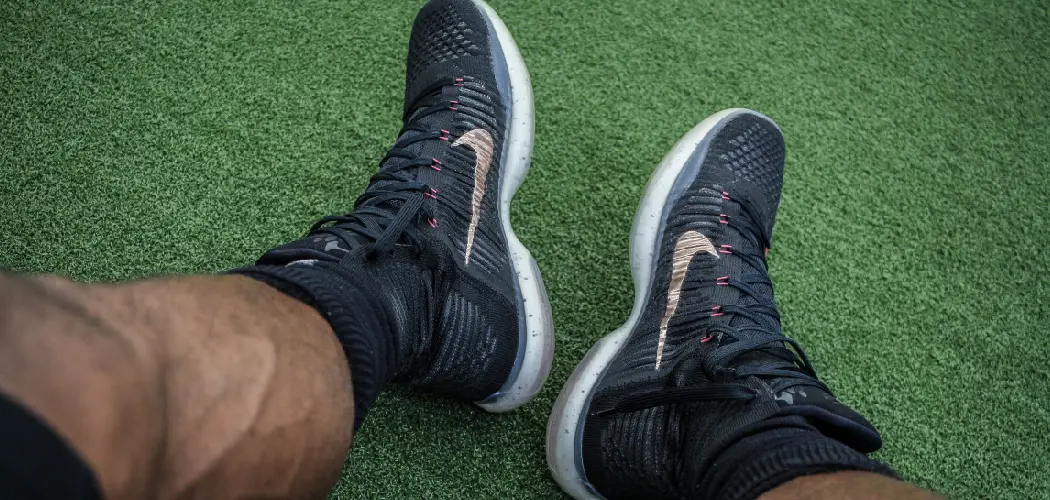When it comes to boxing, the right pair of shoes can make all the difference in performance and comfort. Properly fitting boxing shoes are essential as they provide the support, agility, and stability needed during intense training and competition. Unlike regular sneakers, boxing shoes are designed to offer a snug fit, allowing for swift movements while ensuring the feet remain secure. In this guide, we will explore how should boxing shoes fit, enhancing both your technique and confidence in the ring.

Why Fit Matters in Boxing Shoes
Proper fit in boxing shoes is crucial for maximizing performance and minimizing the risk of injury. A well-fitted shoe ensures that your feet remain stable within the shoes, preventing any unnecessary sliding or movement that could lead to discomfort or blisters during prolonged training sessions.
This stability is essential for maintaining balance when executing quick footwork or powerful punches. Additionally, the right fit enhances your agility, allowing you to pivot and move with precision, an important aspect of defensive and offensive maneuvers in boxing.
Moreover, snug-fitting shoes help in distributing body weight evenly, reducing the chance of ankle strains or sprains, thus safeguarding against common injuries. Ultimately, the perfect fit contributes to overall confidence, knowing that your footwear supports your every move in the ring.
Features of a Well-Fitting Boxing Shoe
A well-fitting boxing shoe should incorporate several key features to ensure optimal performance and comfort. Firstly, the shoe should have a snug yet comfortable fit, hugging the foot closely without causing discomfort or restricting circulation. This close fit facilitates better movement and agility. The shoe’s upper should be made from breathable materials to keep the feet cool and dry, reducing the chances of excessive sweating and blisters.
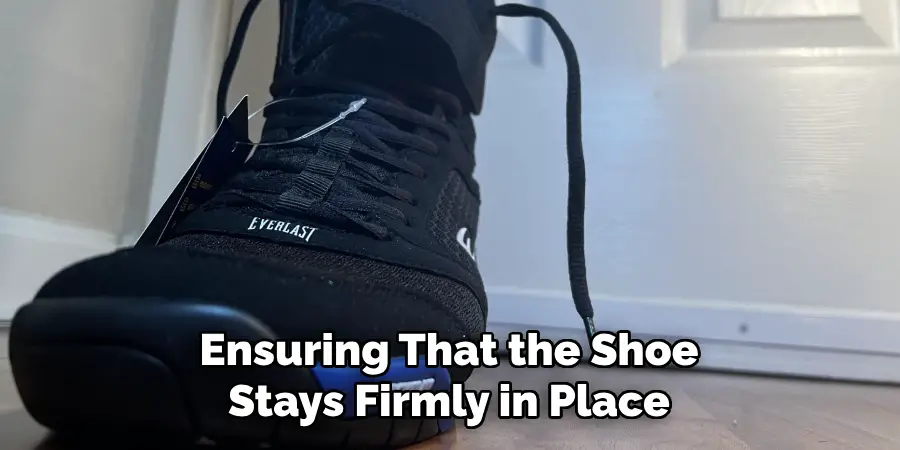
Additionally, the sole must provide excellent grip and traction on the boxing ring surface, preventing slips while allowing smooth pivots and transitions. Reinforced ankle support is also essential, offering stability to prevent sprains and enhance lateral movements. The weight of the shoe should be light to avoid unnecessary strain and fatigue during prolonged training or matches. Lastly, the lacing system should be secure and customizable, ensuring that the shoe stays firmly in place throughout intense activities.
10 Methods How Should Boxing Shoes Fit
1. Snug Fit Without Restriction
Boxing shoes should fit snugly, almost like a second skin, but without restricting movement or circulation. Since footwork is key in boxing, a shoe that fits closely to your foot allows you to feel more in control as you pivot, move side-to-side, and stay light on your feet. The snug fit helps prevent your foot from sliding around inside the shoe, which could lead to blisters or injury. At the same time, the fit should not be so tight that it constricts blood flow or causes discomfort. You should feel supported, but still able to move freely.
2. Consider the Arch Support
The arch support of boxing shoes is another critical factor in finding the right fit. Since boxing involves a lot of movement and bouncing on the balls of your feet, proper arch support will help reduce strain on your feet and prevent pain in the long run. Boxing shoes often have a flatter sole than regular athletic shoes to encourage quick, precise movements, but it’s still important that your arches are adequately supported.
If you have high arches or flat feet, you might need to look for a shoe that caters to those needs or consider adding custom insoles for extra support.
3. Ensure Adequate Ankle Support
Ankle support is a top priority when selecting boxing shoes. The sport involves rapid changes in direction, quick pivots, and explosive movements, all of which place strain on the ankles. Most boxing shoes are designed with a high-top or mid-top silhouette to provide extra ankle stability and prevent sprains. A proper fit should give your ankle firm support without feeling overly tight or restrictive.
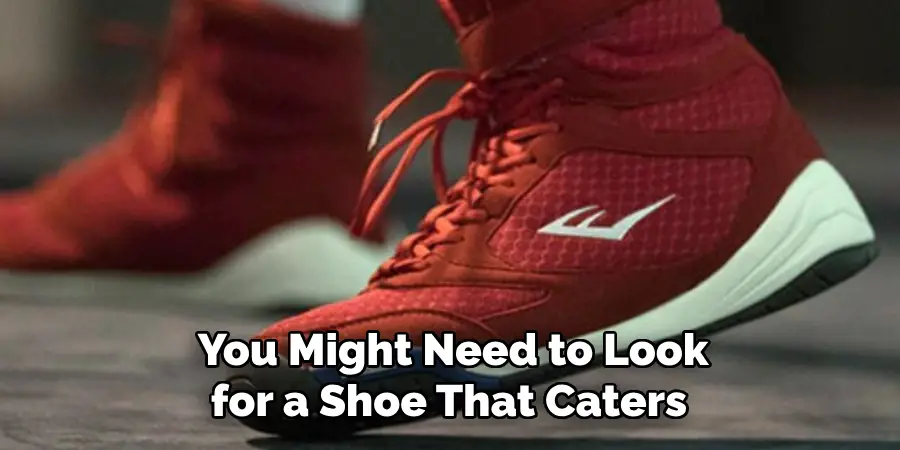
The shoe should cradle your ankle, offering both protection and flexibility to allow for natural movement. When trying on boxing shoes, make sure the ankle area feels secure and doesn’t shift around as you move.
4. Pay Attention to the Toe Box
The toe box of your boxing shoes is another important area to consider. You want a fit that is snug around the midfoot but allows enough room for your toes to move naturally. Your toes should not feel cramped or squished against the front of the shoe, as this can lead to discomfort and blisters during training or a match. However, too much space in the toe box can cause your foot to slide forward, especially during quick stops or pivots. When testing the fit, make sure there is a little wiggle room for your toes, but not so much that your foot moves around inside the shoe.
5. Consider the Width of Your Foot
Foot width is often overlooked but is just as important as length when it comes to finding the right boxing shoes. Some people have wider or narrower feet, and this can impact how a shoe fits and feels. If you have wide feet, a standard boxing shoe may feel too tight across the midfoot, leading to discomfort during extended wear. Conversely, if you have narrow feet, you may need a shoe with a more streamlined design to ensure a snug fit.
When trying on boxing shoes, pay attention to how they feel across the widest part of your foot. A shoe that’s too tight may restrict blood flow, while one that’s too loose may cause instability.
6. Check for Flexibility and Mobility
While boxing shoes should offer good support, they also need to be flexible enough to allow for the quick, nimble movements that boxing requires. A stiff shoe will limit your range of motion, making it harder to pivot, shuffle, or move laterally with ease. The soles of boxing shoes are usually thinner than those of running shoes, allowing for greater flexibility and sensitivity to the surface of the ring.
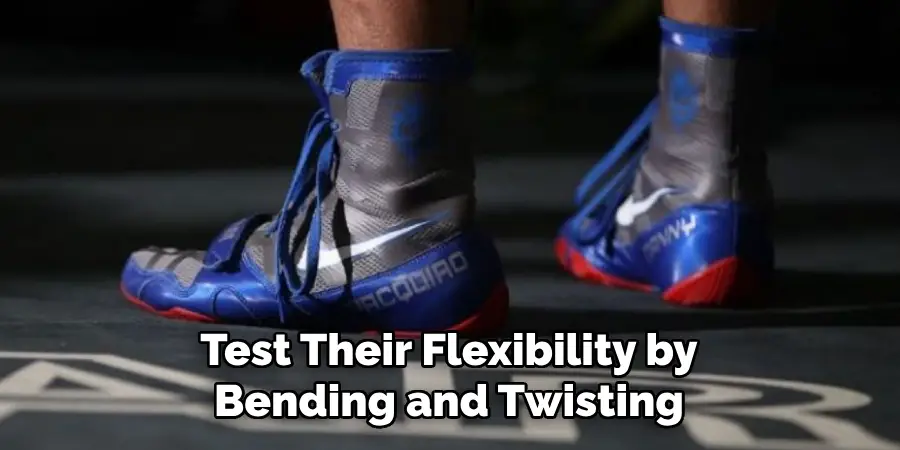
When trying on boxing shoes, test their flexibility by bending and twisting your foot in different directions. The shoe should move with your foot, not against it, allowing you to stay agile during a fight.
7. Check the Heel Fit
The heel of your boxing shoes should fit snugly against your foot to prevent slipping during movement. If your heel slides up and down as you move, it can cause blisters and throw off your balance, which is detrimental in a fast-paced sport like boxing. A well-fitting heel will keep your foot locked in place, ensuring that your shoes move with you as you pivot, step, or jump. When trying on boxing shoes, walk around and make quick movements to ensure that your heel stays securely in place and doesn’t shift inside the shoe.
8. Consider the Insole and Cushioning
While boxing shoes don’t have the same level of cushioning as running or basketball shoes, it’s still important to have enough padding to protect your feet from impact. Boxing involves a lot of bouncing on the balls of your feet, which can put pressure on your soles and cause fatigue over time. A thin, yet supportive insole can help cushion your foot while still maintaining the close-to-the-ground feel that’s essential for good footwork. If the standard insole doesn’t offer enough cushioning, you can consider adding a custom insole for extra comfort without sacrificing the snug fit.
9. Test for Lightweight Feel
Boxing shoes are designed to be lightweight, allowing for quick, agile movements. A heavier shoe can slow you down and make it harder to move around the ring efficiently. When choosing boxing shoes, look for a pair that feels light and doesn’t weigh down your feet. The lighter the shoe, the quicker you’ll be able to move. However, don’t sacrifice support for the sake of weight.
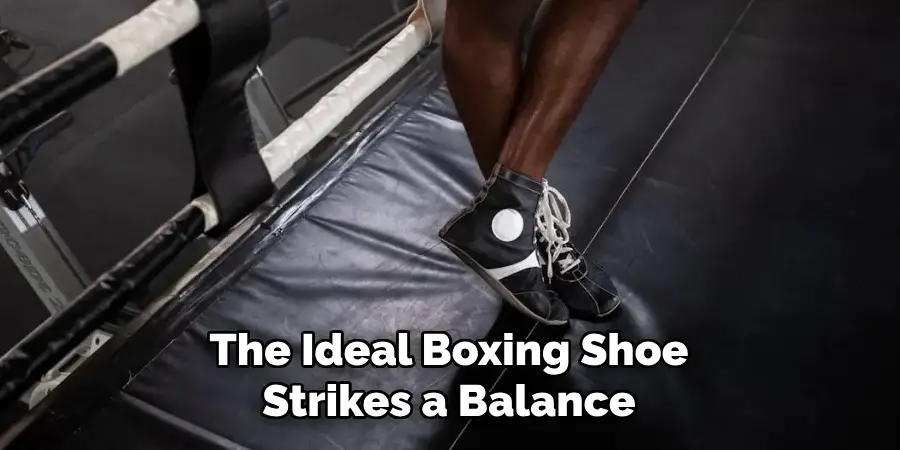
The ideal boxing shoe strikes a balance between being lightweight and offering enough support and protection for your feet. When testing different pairs, try performing quick footwork drills to see how the weight of the shoe affects your speed and agility.
10. Lace Up for Custom Fit
Finally, pay attention to how the lacing system affects the fit of your boxing shoes. Many boxing shoes have an extended lacing system that allows for a more customized fit, especially around the ankle and midfoot. Properly laced shoes will provide extra security and help prevent your foot from sliding around inside the shoe during intense movements. Make sure to lace the shoes tightly enough to feel secure, but not so tight that they cut off circulation or cause discomfort. Experiment with different lacing techniques to find the fit that works best for you, ensuring both comfort and support.
Conclusion
Selecting the right pair of boxing shoes is crucial for any boxer aiming to enhance performance and ensure safety in the ring. The perfect boxing shoe should offer a balance of support, flexibility, and comfort while allowing for agile movement and quick footwork. By carefully considering factors such as ankle support, toe box space, foot width, flexibility, heel fit, insole cushioning, and weight, you can find a pair that suits your unique needs and preferences. Thanks for reading, and we hope this has given you some inspiration on how should boxing shoes fit!

